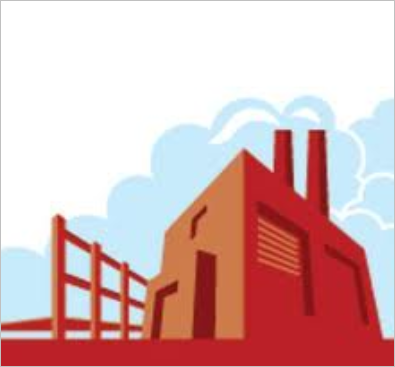Economic Value derived above is based on dynamic assumptions which are
likely to change during the course of development. Hence repeating this
exercise at regular intervals is a prudent strategy.
Tornado analysis is a tool used to identify the most impactful or most sensitive assumptions. Number of competitors in the market, probability of success, time to market launch and development costs are the key areas that companies should focus their energy on to maximize drug’s commercial potential.
Managing environmental challenges in India and other emerging markets, While the above process is fairly robust, the real challenge in developing drugs for emerging markets is the understanding of the local environmental and regulatory aspects.
Controlled pricing for patented products in India on the basis of procurement prices in UK, Canada, France, Australia, and NZ adjusted for per capita GDP ratio is under discussion by government authorities
Medicines Patents Pool (Gilead for HIV drugs) - voluntary patent licensing to generic companies in exchange for royalties is a new workaround to tackle stricter patent laws in India
Lack of clarity on Orphan status or Breakthrough designation viz-a-viz developed markets continues to be a challenge in designing clinical development strategy for emerging markets
Differential pricing both Inter and Intra country is a viable strategy being pursued for drug pricing in this part of the world. Compulsory Licensing of the patented drugs in countries like India, China, Brazil and Thailand is a known risk impacting the drug pricing.
Clinical trial cost escalations due to compensation issues, audio-visual informed consent and tighter pharmocovigilance cannot be undermined in expense estimations.
Tornado analysis is a tool used to identify the most impactful or most sensitive assumptions. Number of competitors in the market, probability of success, time to market launch and development costs are the key areas that companies should focus their energy on to maximize drug’s commercial potential.
Managing environmental challenges in India and other emerging markets, While the above process is fairly robust, the real challenge in developing drugs for emerging markets is the understanding of the local environmental and regulatory aspects.
Controlled pricing for patented products in India on the basis of procurement prices in UK, Canada, France, Australia, and NZ adjusted for per capita GDP ratio is under discussion by government authorities
Medicines Patents Pool (Gilead for HIV drugs) - voluntary patent licensing to generic companies in exchange for royalties is a new workaround to tackle stricter patent laws in India
Lack of clarity on Orphan status or Breakthrough designation viz-a-viz developed markets continues to be a challenge in designing clinical development strategy for emerging markets
Differential pricing both Inter and Intra country is a viable strategy being pursued for drug pricing in this part of the world. Compulsory Licensing of the patented drugs in countries like India, China, Brazil and Thailand is a known risk impacting the drug pricing.
Clinical trial cost escalations due to compensation issues, audio-visual informed consent and tighter pharmocovigilance cannot be undermined in expense estimations.


No comments:
Post a Comment